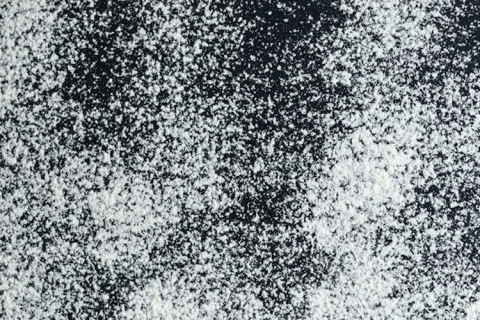
- Home
- >
News
Water: Hydroxypropyl methylcellulose is soluble in water, and the aqueous solution is surface active, highly transparent and stable.
In the field of building materials, Hydroxypropyl Methyl Cellulose (HPMC ) is being regarded as a revolutionary product. Its multifunctional properties not only improve construction efficiency, but also greatly improve the performance of building materials. This renewable polymer brings a host of advantages to the construction industry, making it an emerging favorite.
HPMC, or Hydroxypropyl Methylcellulose, is a versatile chemical compound that is widely used in the construction industry. It is a type of cellulose ether that is derived from natural cellulose and is a water-soluble polymer. HPMC is used in various applications in the construction industry, including:
Hydroxypropyl methyl cellulose is a synthetic polymer made from natural cellulose through chemical modification. Cellulose ether is a derivative of natural cellulose. The production of cellulose ether is different from synthetic polymers. Its most basic material is cellulose, a natural polymer compound. Due to the special structure of natural cellulose, cellulose itself has no ability to react with etherifying agents. However, after treatment with the swelling agent, the strong hydrogen bonds between and within the molecular chains are destroyed, and the active release of the hydroxyl group becomes alkali cellulose with the ability to react. After the reaction of the etherifying agent, the -OH group is converted into the -OR group. Cellulose ether is obtained.
1. Cement mortar: improve the dispersion of cement sand, greatly improve the plasticity and water retention of mortar, have an effect on preventing cracks and enhance the strength of cement.
HPMC is a non-ionic cellulose ether polymer, which has different chemical properties according to the degree of substitution of the substituent groups and the degree of modification. It is a non-ionic, odorless, odorless white fiber Pure ether powder.
Gypsum mortar is a building material with gypsum as the main component. Gypsum accounts for 70% to 80% of the total weight of the mortar. Other components include lime, silicate, etc. The following is a summary of the effects of several mortar additives on gypsum mortar.
(1) Whiteness: Although whiteness cannot determine whether HPMC is easy to use, and if whitening agent is added in the production process, its quality will be affected. However, most good products have good whiteness.
Hydroxypropyl methyl cellulose plays three roles in the putty powder: thickening, water retention and construction.
According to different uses and performance requirements, you can refer to the recommended ratio according to the product manual and configure it as needed.
HPMC is divided into two types: instant type and hot melt type. The instant type disperses quickly in cold water and initially has no viscosity because the HPMC is only dispersed in the water without actually being dissolved. After about 2 minutes, the liquid gradually thickens and forms a transparent, viscous colloid. Hot-melt products will appear agglomerated in cold water, but will disperse quickly in hot water until the temperature drops to a certain level and the viscosity will gradually increase to form a transparent and viscous colloid. The hot-melt type is mainly used for putty powder and mortar. It may cause lumps in liquid glue and paint, so it is not suitable. The instant type is more widely used and can be used for putty powder, mortar, liquid glue and coatings without specific restrictions.
Hpmc as a water-retaining agent and retarder for cement mortar, it makes the mortar pumpable. In plastering slurry, gypsum, putty powder or other building materials, it is used as a binder to improve spreadability and prolong operation time.












